Protection, Partnering, Posture
MINUSMA’s force commander talks about successes and challenges in the world’s most dangerous peacekeeping mission.
ADF STAFF
Lt. Gen. Dennis Gyllensporre of Sweden, force commander of the United Nations Multidimensional Integrated Stabilization Mission in Mali (MINUSMA), assumed command October 2, 2018. Gyllensporre spoke to ADF recently from Mali. His remarks have been edited to fit this format.
ADF: What was the state of MINUSMA with regard to mission effectiveness and civilian safety when you assumed the role of force commander?
GYLLENSPORRE: At that time, the mission had one strategic priority from the Security Council. And that was to support the implementation of the peace accord in the North. At the same time, we saw a deterioration of the security situation in the center. So the changes in the security situation in the center became a key issue for us to manage. Also, following a strategic review in 2017, there was a sort of perception that we were what’s called “bunkerized” — that the U.N. forces were basically confined to the base camps. Whether that’s true or not, it’s for others to assess, but that was kind of the perception of the force.
ADF: Given that, what new procedures, strategies or tactics did you institute upon your arrival to improve mission effectiveness?
GYLLENSPORRE: We increased operational tempo, and in the first year, we doubled the output in terms of number of operations and their duration and scale.
We established a new sector in the center to ensure the command and control and responsiveness when it comes to planning and executing operations in the region. The annual mandate was renewed in June 2019, and at this very important decision point the Security Council decided to add another strategic priority, to support a Malian-led solution for the center, including protection of civilians.
While doing so, there were no additional resources added in terms of forces. So, in essence, we had to do more with the same. So with the new strategic priorities, it put a premium on flexibility to be able to muster and concentrate forces in time and space when and where they were needed, and that also emphasized a need for more intelligence. We had at that time limited intelligence assets, so this gave us a good argument to conduct an adaptation of the force, and that adaptation, which is at the very core of our current mandate, is to make sure that we enhance the mobility and responsiveness of the force. It revolves around three lines of effort. The first line of effort is protection; the mandate given to the mission is population-centric. So the protection part is key for us. Also force protection remains a priority.
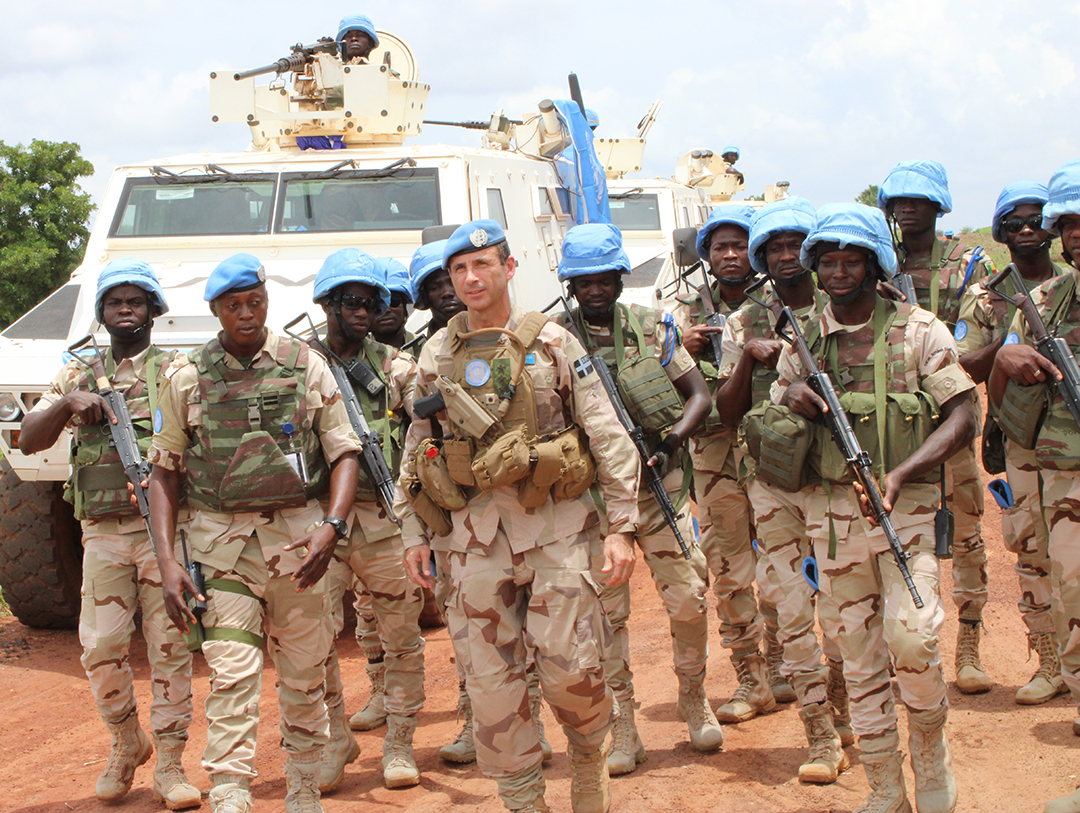
We have added a line of effort that we call “partnering,” to put more emphasis on supporting the national security forces and regional security forces for capacity building. It also allows them to redeploy and position themselves to be able to take more responsibility for the security on the ground.
The third line of effort is the posture itself, and that is related very much to flexibility, to be able to be at the right location at the right time to make a difference.
Within this framework we also have adopted or organized a mobile task force. Peacekeeping pretty much revolves around infantry battalions being within the communities, patrolling on a day-to-day basis and enhancing the situational understanding and also being able to respond.
These mobile forces resemble brigade units, with the mobility and flexibility and agility that comes with a military force that is designed to move toward the threats and the challenges. So that has been created now, and we have stood up a distributed mobile task force with a forward command post that oversees these operations. And it’s still within the same number of troops, so we have done some reprioritization to make this happen. Due to COVID-19, and also the unrest and political instability that they’ve had in the country, we’ve been experiencing some other delays in terms of pledges for new capabilities. But the trajectory is clear; we are moving toward a full implementation of this concept.
ADF: MINUSMA has been called the U.N.’s most dangerous mission, and there have been 241 fatalities since it began. What makes this mission so dangerous?
GYLLENSPORRE: The mission operates in a very challenging environment with a number of illegal armed groups, including terrorist groups, and I think more important, MINUSMA and our peacekeepers are targeted — directly targeted — by some of these groups.
Also, I would like to emphasize the IEDs [improvised explosive devices] as a means for inflicting casualties. IEDs are something that some of the contributing countries are quite familiar with from other operations. Some other countries are less experienced, and in fact several countries don’t have counter-IED institutionalized in their armies. So as a consequence, their equipment and their training haven’t been adjusted to the realities on the ground. Since the mission started, there have been changes in all the national contingents in terms of equipment and training. A number of countries have been crucial to this end — the United States being one of them — to support predeployment training, to support the equipment that they field on their deployment to MINUSMA. So that has also made it possible for us to limit and reduce the impact of IEDs. As it is now, we are able to detect some 50% of the IEDs. The detection rate is high; obviously we want to reach higher levels also, but it’s clear that what we’re able to do now saves lives. Those that are not detected, with some exceptions, have limited impact because we have good vehicles now to protect the Soldiers in most cases, so we are making progress in that regard.
Force protection is at the core of our business, simply because of that hazardous environment for the peacekeepers. The two most dangerous locations in Mali for peacekeepers are at the base camps or at logistical convoys. Those are the scenarios where we are most likely to get attacked. So conducting security operations is not only beneficial for achieving the mandate, it’s also a way to stay protected as a force.
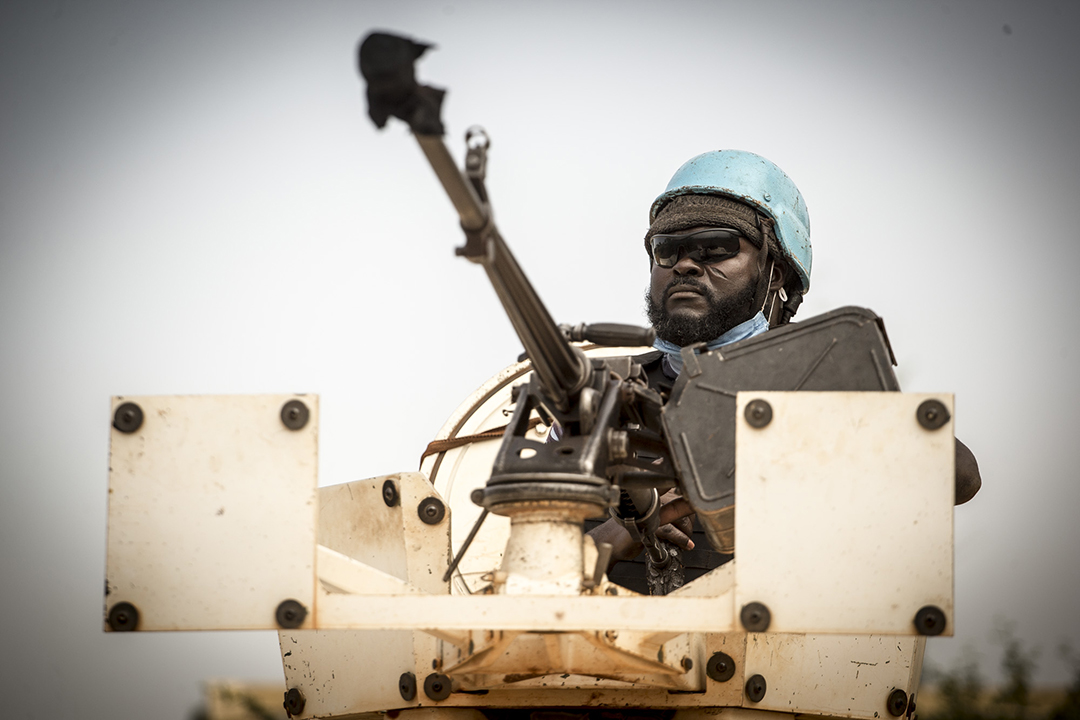
ADF: What have you done as force commander to try to protect your personnel while still giving them the ability to go out of protected areas to do their jobs?
GYLLENSPORRE: We are now operating outside the base camps proactively, and the attacks against base camps have been reduced in scale and numbers. So while we have occasional attacks against the camps now, most of them are indirect fires with a low level of precision.
There is one exception, though. We had a major attack in the North at the beginning of this month [April] with some 100 terrorists attacking a small camp, and we saw also in this case the impact on the changes in posture, and the robustness that this force responded with was impressive. There were significant losses on the part of the terrorists. We also seized a lot of heavy weapons and vehicles. Sadly, we lost four peacekeepers. But I think it is clear that the peacekeepers responded in a way that would make terrorists think twice about the usefulness of attacking base camps.
We have taken measures also when it comes to radar, detectors and sensors to make sure that we have a good idea when we are the subject of incoming attacks. The other point here is on convoys, because that’s the other vulnerable situation. Often they include some 50 trucks with logistical supplies in addition to the convoy unit that is supposed to protect them. So we have added more support to these convoys, and we now have four specialized combat convoy companies. But we have also supported them with air reconnaissance, with additional infantry units in the most challenging areas.
ADF: When the MINUSMA mission began in 2013, a sector commander told us that he expected logistics to be a “nightmare” in Mali because of remote northern sector command centers and the poor national infrastructure. When we spoke to him again more than two years later, he confirmed that his greatest fears had come true. With that in mind, in 2021, how do you rate MINUSMA’s ability to effectively supply mission outposts across the country?
GYLLENSPORRE: I can only concur with the assessment that this is a very challenging part of the mission. My predecessors had this on their mind also, and they made sure that we were able to generate the combat convoy companies, and I think this is a construct that’s quite unique for MINUSMA.
Still, it is challenging, in particular during the rainy season, and the road network is very vulnerable and we have ability to fly in logistics.
One of the things we have improved is regional logistical depots so we can stockpile more than we could before. It relates to all kinds of supplies, so we have regional depots now that give us that buffer that is needed.
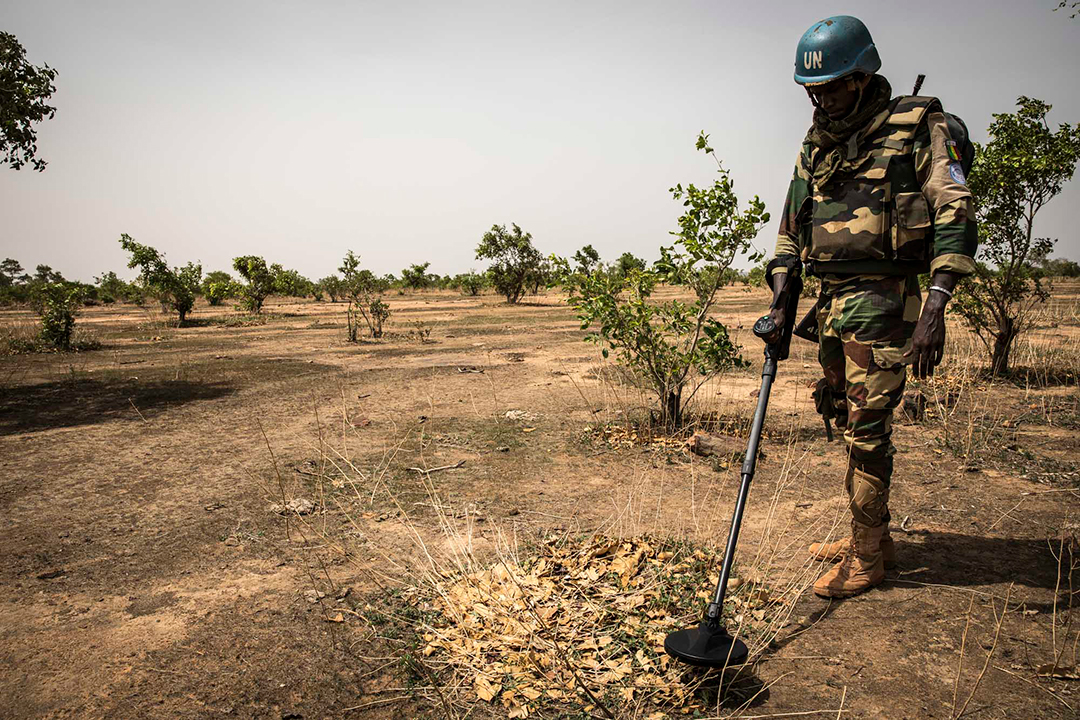
ADF: How would you rate MINUSMA’s current engagement with local populations? How are your forces working with civilians to enhance security?
GYLLENSPORRE: The No. 1 point that I stress with new contingents coming in and also in our orders is the mindset of being population-centric. We are here for the population, and we need their trust and confidence to do our job. So we put a lot of effort into the interaction with the population. It is challenged by the pandemic, obviously, but we continue now currently with some limited ambitions to interact with the local population.
One of the sources of strength that we have is the contribution by the countries in the region with troops. We have infantry units from neighboring and regional countries, for instance Senegal, Chad, Côte d’Ivoire, Guinea, Togo, Niger, Burkina Faso, and of course they not only speak the official French language better than others, they also speak the local languages. They can relate to the culture. So there’s a connection there with the population that we are tapping into that wouldn’t be possible if we just had forces coming from other parts of the world.
We do community outreach on a regular basis with the different projects, and we also involve our civilian colleagues in the mission to do community projects to make sure that we are seen as cognizant of the challenges that face the local population.
Another important point here is to mention reaching out to women. We have female engagement teams, and we make deliberate efforts now to empower women and to engage with them, and also to understand their situation and their needs in terms of enhancing security.
ADF: In addition to the MINUSMA mission, Mali also is part of France’s Operation Barkhane and the G5 Sahel Joint Force. In what ways, and to what extent, are your MINUSMA forces coordinating and cooperating with these other regional security efforts?
GYLLENSPORRE: The U.N. Security Council has mandated us to conduct coordination with all security providers, including the Malian forces, and we report regularly on the progress. We have at my level the force commander together with the chief of defense, the chief of the Barkhane forces and also G5 Sahel and the European Union. During our quarterly meetings, we cover operational priorities and ensure that we have a common understanding. This is a very helpful format. Also, I should say that on the day-to-day basis there is coordination ongoing at other levels to make sure that we not only deconflict and avoid blue on blue, but also find synergies despite our different mandates. I’m very pleased with the very creative and good atmosphere with the other forces. It’s inspirational to work in this environment with the different security forces.
ADF: What remains the greatest overall challenge to mission success in Mali?
GYLLENSPORRE: Following the coup d’état in August last year, there is an interim government in place until the presidential elections, and they have stated that the security challenges are of an existential nature. And that’s obviously my focus. What we are dealing with now is for the Malian security forces to enhance their capabilities and redeploy in the north and central part of the country so that they will be able to take on these challenges much more than before.
As a force commander in MINUSMA, my most pressing need is to get more military aviation — more military utility helicopters and more armed helicopters to allow for this mobility and flexibility to operate in all parts of the country in a more responsive fashion. It will also give us more flexibility to protect civilians, particularly during the rainy season.
ADF: What goals would you like to meet in this mission before rotating out as MINUSMA force commander in October 2021?
GYLLENSPORRE: An important milestone for us now is to have the adapted force to become fully operational. The initial operational capability of the adapted force would be a good achievement before leaving. It requires some additional troop contributions to come into fruition, but also to make sure that we can be more flexible in our employment of the forces. I expect this first step to be achieved in August and September. Hopefully, I can leave with that marker accomplished and hand it over to my successor.
ADF: Is there anything else you would like to say about the mission that I have not already asked you about?
GYLLENSPORRE: The Security Council tasked us to support this transition culminating in the elections next year. That will be important for all parts of the mission — the civilian side and the police also.
The other point is to recognize the good work that has been done. To me as a force commander, it’s quite remarkable to see how 60 nations come together in this force with officers, Soldiers, NCOs [noncommissioned officers] from all the corners of the world, all continents. The commitment, professionalism and multinational team effort that I see every day when peacekeepers are deployed in harm’s way is perhaps my key takeaway when I depart.
A Closer Look at MINUSMA
ADF STAFF
The United Nations Security Council established the U.N. Multidimensional Integrated Stabilization Mission in Mali (MINUSMA) on April 25, 2013.
Its mandate includes supporting the Agreement for Peace and Reconciliation and helping Mali establish a strategy to protect civilians, reduce intercommunal violence and reestablish the government’s authority, presence and social services in Central Mali.
Instability came to Mali in January 2012 when Tuaregs rebelled and were joined by militant armed groups and Malian army deserters in the nation’s north. Well-armed fighters returning from Libya helped fuel the rebellion.
By March 2012, soldiers defeated by the armed groups overthrew the government, and a military junta took power. The coup d’état allowed the armed groups to take control in Gao, Kidal and Timbuktu and proclaim an independent state. Soon, the armed groups began to fight each other in the region.
In January 2013, the Economic Community of West African States deployed its African-led International Support Mission to Mali (AFISMA) under Security Council approval. AFISMA troops officially were rehatted under MINUSMA on July 1, 2013.
MINUSMA’s current mandate runs through June 2021.
DEPLOYED PERSONNEL AS OF FEBRUARY 2021
Total personnel — 18,349
Troops — 12,499
Civilians — 3,384
Experts on mission — 3
Police — 1,760
Staff officers — 515
U.N. Volunteers — 188
TOP 10 TROOP-CONTRIBUTING COUNTRIES*
(Includes troops, staff officers and experts on mission)
- Chad — 1,443
- Bangladesh — 1,319
- Burkina Faso — 1,091
- Egypt — 1,084
- Senegal — 1,007
- Togo — 931
- Niger — 875
- Côte d’Ivoire — 809
- Guinea — 665
- Germany — 430
(*As of February 28, 2021)
TOP 10 POLICE CONTRIBUTORS*
(Includes individual police officers and formed police units)
- Senegal — 336
- Togo — 305
- Bangladesh — 281
- Burkina Faso — 168
- Benin — 162
- Egypt — 162
- Nigeria — 146
- Niger — 47
- Côte d’Ivoire — 21
- France — 15
(*As of February 28, 2021)
FATALITIES: 241*
(*As of March 31, 2021)
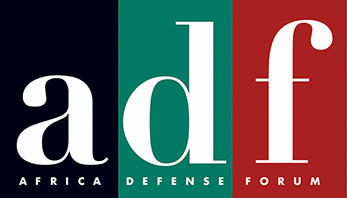
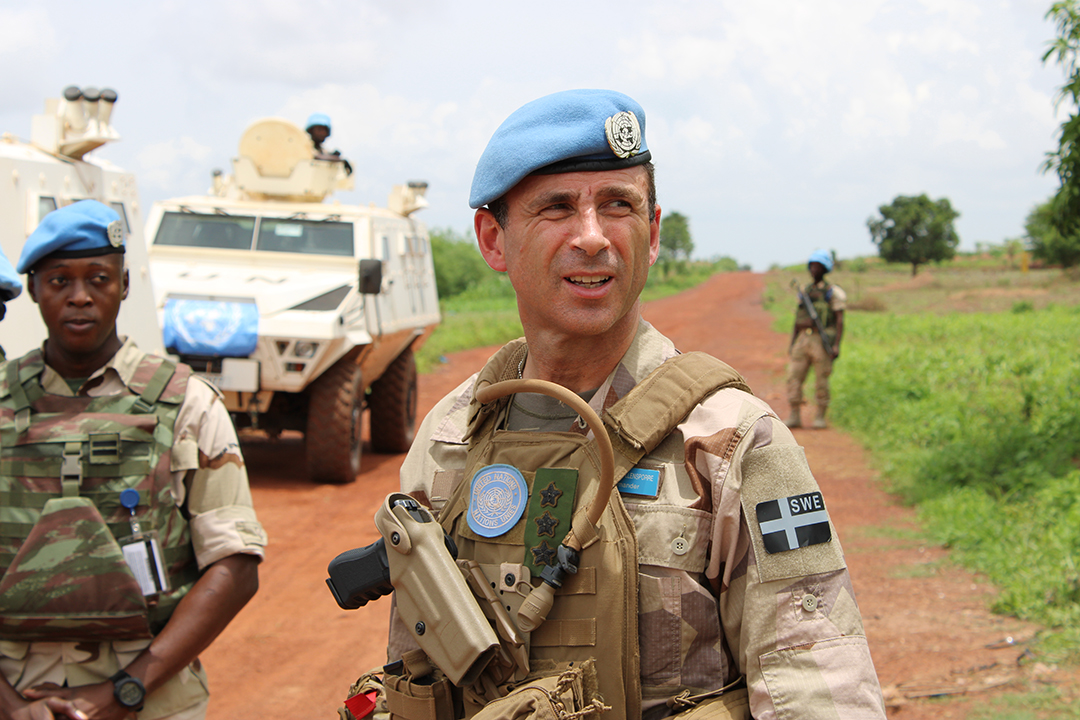
Comments are closed.